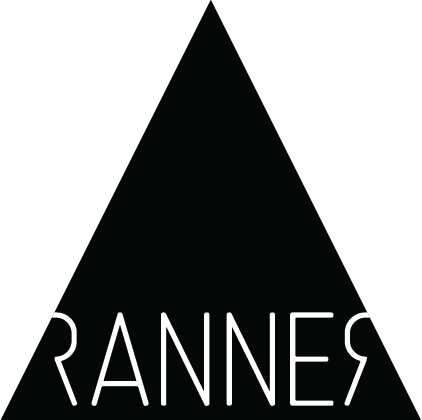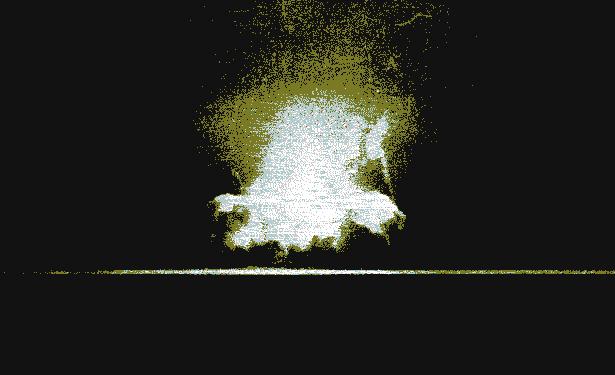— MARCH 2018
Beyond Change: Questioning the role of design in times of global transformations
Swiss Design Network Research Summit, March 8–10, 2018
Image credit: Beyond Change conference in Basel, 2018.
Excerpt from the conference website:
Current discourse in design research, art, cultural studies, media studies, philosophy, and the social sciences is dominated by the much-debated concept of the “Anthropocene,” which claims that we are entering a new geological age determined primarily by the effects of human activity on the planet. It has been used to increase awareness of the negative influence of our actions on climate and the environment, and thus on the terms and conditions of our long-term survival. Against the backdrop of ongoing catastrophe and normalised crisis, the image of designers as problem-solvers and shapers of material-visual culture is constantly evoked. Designers are expected to come to the rescue and to draft speculative scenarios, construct artificial worlds, and develop smart solutions. In short: design is wielded as a catalyst for global change.
But isn’t this image of the designer as an omnipotent problem-solver itself problematic? What if design is not the solution, but very much complicit in the problems it wants to solve? At this point, we feel compelled to ask: How can design truly contribute to a more just society and sustainable forms of living without compromising bottom-up initiatives and marginalising the voices of those who are most directly affected?
Our conviction is: Design cannot change anything before it changes itself. The conference “Beyond Change: Questioning the role of design in times of global transformation” is a critical response to the tendency of seeing global crisis first and foremost as a worldwide design competition. How can we reimagine design as an unbounded, queer, and unfinished practice that approaches the world from within instead of claiming an elevated position? How, for once, can we see design as a situated practice instead of turning it into the Global North’s escape and problem-solving strategy? How can we think about one world without falling into planetary-scale thinking and the idea that resilience is our only hope?
http://beyondchange.ch/front
I presented my paper with the following title:
Polyphonic Design-Science: Critical Bio-design Through the Example of Reverse-engineered Silk
This talk discusses the rise of bio-digitality and its enabling biomaterials such as reverse-engineered silk – a programmable and tunable material capable of building digital gateways into the human body. The notion of the interface is deployed to highlight the medical, ethical, practical, and critical dimensions of silken bio-digitality in comparison to currently existing technological practices. In response and conclusion, a more ethically informed “polyphonic” design-science approach for designing the bio-digital will be presented – Designing for Transience."
Our panel from left to right: Jan Eckert, Leslie Atzmon, Veronica Ranner, Audrey Speyer, Lee Chichester.
Our panel consisted of Leslie Atzmon (Eastern Michigan University), Jan Eckert (Lucerne University of Applied Sciences and Arts), Daniel Eckert (Horizon Discovery, Vienna), Lee Chichester (Humboldt University, Berlin), Audrey Speyer (Purifungi), and myself. We collectively explored a topic that we also currently each work on in form of book chapters for a Bloomsbury book to be published with the same title: "Design and Science: Catalysing Collaborations". The panel has been moderated by Leslie Atzmon — who will also be our editor for the book — and explored the different approaches towards design-science collaborations, as well as their interpretations and configurations.
Session 5A: "Design and Science: Catalysing Collaborations"
Time: 14:00–15:30 (Room D3.05, Critical Media Lab)
Place: FHNW Academy of Art and Design Basel
Image credit: Swiss Design Network Instagram account.



